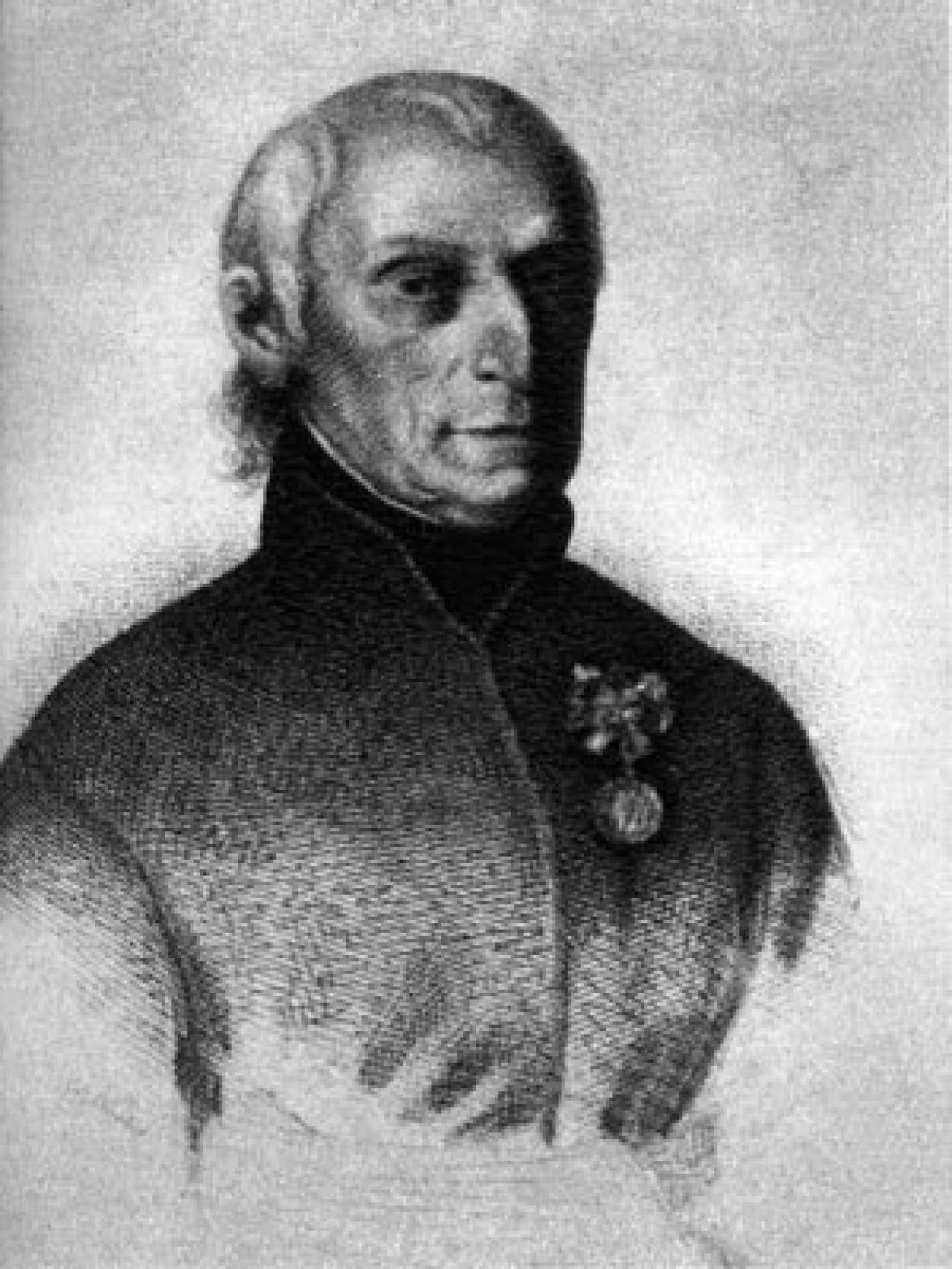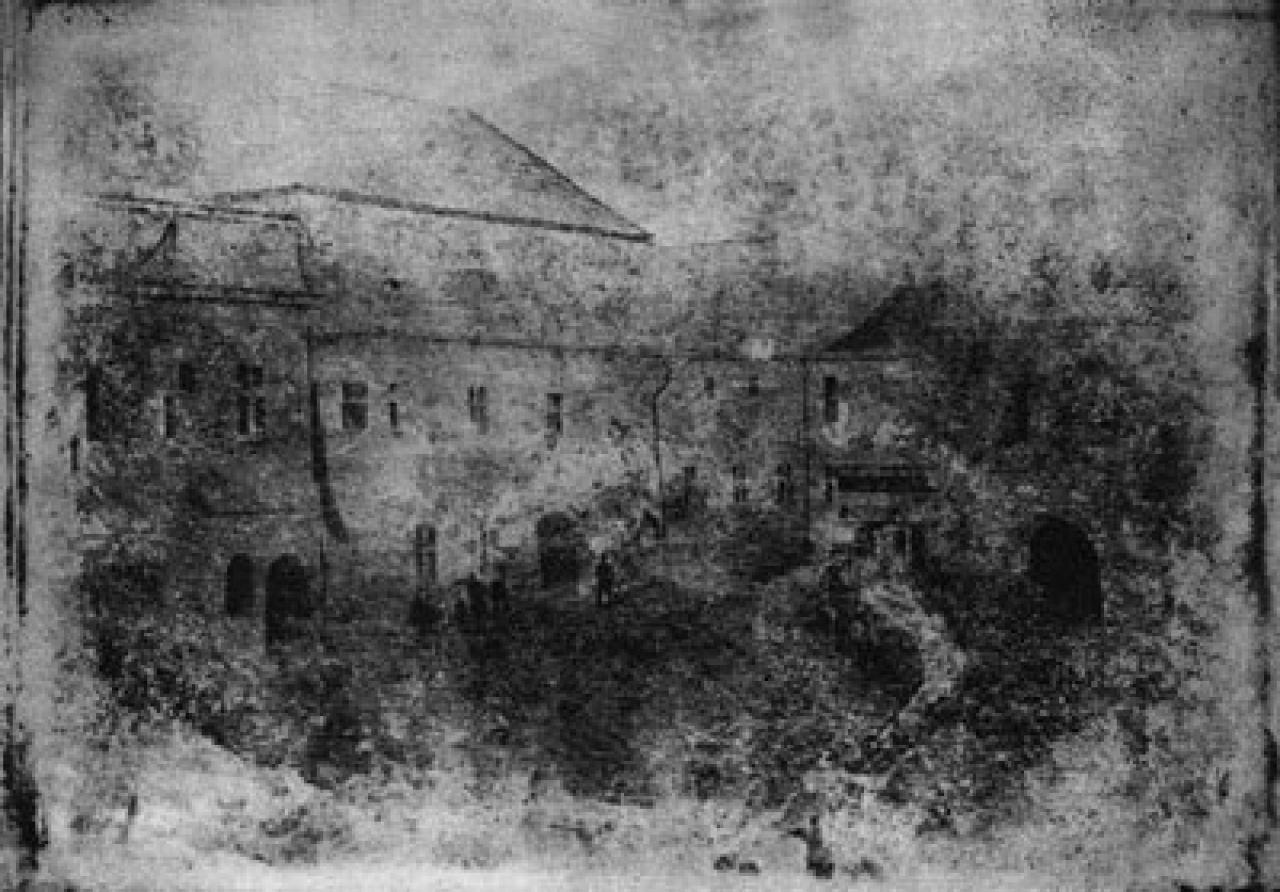- 27.11.1782 – 1.5.1862
Ignác Florus Stašek, the physicist, astronomer and pioneer of photography, worked as a teacher from 1812 and later as the rector of the Piarist college in Litomyšl. He built a physics cabinet at the school, and carried out experiments and astronomical observations. He achieved fame as one of the first users of the photographic daguerreotype apparatus and took the first photographs and microphotographs in this country.
Ignác Florus Stašek was born in Vyškov to a burgrave’s family in 1782. After completing his studies in Vyškov he joined the Piarist Order and in 1805 was ordained as a priest. As tends to be the custom with the Piarists, after his ordainment the young priest began to teach in some of the order’s schools. Stašek was first employed as a teacher in Kroměříž and began to work in Litomyšl in 1812. He was interested in physics and astronomy and started to procure himself physics and astronomy equipment, with which he conducted observations and experiments for his pupils. He became a very popular teacher and a highly capable amateur astronomer. His physics cabinet was so well equipped that there were few others in the monarchy to rival it. He gradually worked his way up from being a physics teacher to becoming a prefect, then the vice-director and eventually the rector of the Piarist collegecelé. He took a keen interest in the latest scientific findings and technological discoveries; besides physics and astronomy he also studied the natural sciences and did his best to apply the most modern procedures in the lessons at his school. His passion for the latest technology led him to start collaborating with the mathematician and optics specialist Josef Maxmilian Petzval and the physicist Andreas von Ettinghausen. Ettinghausen and his visit to Litomyšl in 1840 were particularly important to Stašek. It was Ettinghausen who brought him the daguerreotype, the first photographic apparatus to be practically used. Stašek learned how to handle it and started to use it. This made him the very first photographer in the country, and the first Czech photograph, of the post office building in Litomyšl, also came from his workshop. In addition to this, he also tried to take nature photographs, and took the first microphotographs, in which he shot a cross-section of a plant stem using a microscope and his photographic apparatus. Some of his equipment and individual photographs are stored in the National Technical Museum in Pragueand in the Regional Museum v muzeuin Litomyšl.
- References
DVORSKÝ, P. V.: Nástin životopisu silozpytce dra Staška. Živa, 10/1862, s. 287–88.
SCHLEUFER, P.: Florus Ignác Stašek. Autor Snímku „řez rostliny“. Vesmír 81/2002, č. 4, str. 208.
- PH






